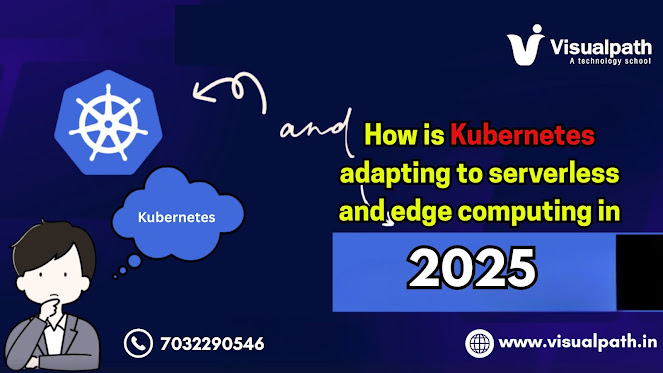What are the major differences between multi-cloud vs. hybrid environments in Kubernetes 2025?

As businesses continue to evolve their digital strategies in 2025, Kubernetes remains a central tool for deploying and managing containerized applications. But when it comes to Kubernetes cloud deployment, the choice between multi-cloud and hybrid environments has become more critical than ever. For DevOps engineers, cloud architects, and tech professionals building careers with Docker and Kubernetes , understanding the differences between these two models can shape both technical success and professional growth. In this article, we’ll break down the key differences, benefits, and considerations when deploying Kubernetes in multi-cloud vs. hybrid environments—and help you choose the right path for your infrastructure and your career. Docker Kubernetes Online Course What Is Multi-Cloud? A multi-cloud strategy means using multiple public cloud providers (such as AWS, Google Cloud, Azure) for various services. O...



